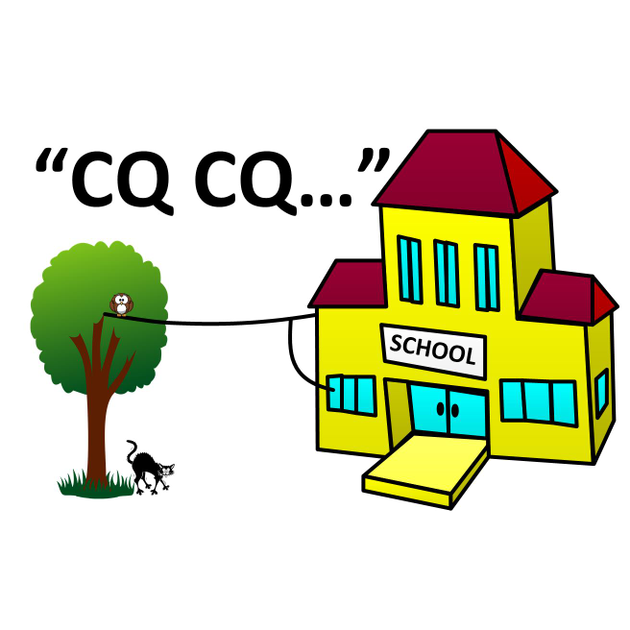PTOTA Information
Published by Julie & Joe in PTOTA · Thursday 01 Dec 2022
Public Transport On The Air - PTOTA. This blog provides on-going information about the hastory and development of the PTOTA program.
5
reviews
Julie and Joe
Monday 12 Dec 2022
Protection: After a massive Denial Of Service attack on our website, we have provided all our forms with Google reCAPTCHA V2 anti-spam protection. This has the effect of occcasionally challenging our human users with a visual puzzle. It is unfortunately necessary, these days, to keep our website free of spam.
Julie and Joe
Tuesday 15 Nov 2022
Logging: We created a PTOTA Log using the MySQL database and a Python script running on our server. Registration would not be required, but the activator's callsign, email address and a password would be required to identify the activator, secure the activator's log entries and provide a means for us to send out certificates at the end of each year, when the logs would be reset. Another Python script made the latter fully automated. We added reports to show the activator, chaser and route rankings.
Julie and Joe
Monday 14 Nov 2022
Development: We first created a new PTOTA webpage on our SARCNET website. The purpose of the program was as stated earlier. The rules, however, proved to be more challenging: Activation could be on any part of a PT journey, to or from your home. A simple hand-held radio would be all that was required and, to be heard, the activator could use any available repeaters or links. Scoring would be identical for both activators and chasers, but it would be limited to one point per unique callsign per PT route to avoid chaser-monopolization. To be clear, the PT route must be the actual number and name on the front of the PT vehicle. While walking to or from a PT station or stop, the identified route could be the next or the last route to be travelled. If you wanted to use HF, you could transit your PT journey via a nearby park. Frequently Asked Questions, Hints and Tips were added. All importantly, a disclaimer and rules associated with the safe, legal and responsible use of PT were added.
Julie and Joe
Sunday 13 Nov 2022
Concept: The PTOTA program would encourage young AR operators to get on the air, promote AR to the general public and provide some healthy exercise in conjunction with the use of more-sustainable PT. It had to be suitable for any class AR operator. Although targeted at school students, the program would not work unless it suited all AR operators, thereby encouraging some beneficial on-air interaction across the generation gap. In our humble opinion, the biggest encumbrances for AR operators in any activation program are: Complex registration requirements; activation-site identification, boundaries and qualification requirements; accessibility for operators with disabilities or without a car, preference for HF communications, uploading activation log files; favoring activators over chasers; difficult award achievement thresholds, monopolization by a few; and program stagnation. Most programs attract only an elite, few, well-equipped activators. For PTOTA, however, PT trips themselves are often short and some traverse difficult RF terrain, like tunnels and cuttings, making for rather stressful contacts while mobile. The challenge: The PTOTA program would have to be simple, accessible, rewarding and fun for all.
Julie and Joe
Saturday 12 Nov 2022
History: We published the idea for a simple On-The-Air activation program, suitable for school students, in our original School Amateur Radio Club article in Amateur Radio Magazine October 2016. It wasn't until November 2022 that we actually did something about it! Better late than never? A Public Transport (PT) program involving Amateur Radio (AR) was an obvious choice. In 1975, Joe used to take a Ken KP-202 transceiver on the train to school. In those days the public was quite interested in AR communications and it was a lot of fun. In December 1998, Peter VK3YE, published an article in Amateur Radio Magazine Transmitting on Public Transport and in 1999, Tony VK3JED published a page on his website: Radio on Rails both providing a wealth of practical information about using AR on PT. The only other resource we found online was a program in the UK dedicated to preserving historical railways. Since any AR activation program requires some online infrastructure, like a website, database, logging, reporting, awards and a blog, we had some work to do. PTOTA is the result, and we hope you enjoy it.



